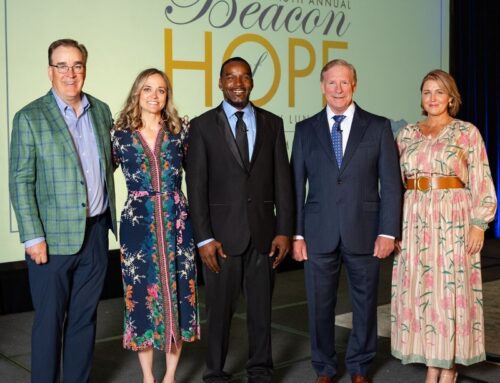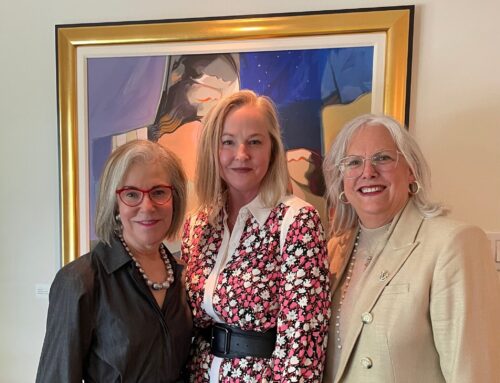
The Hillcrest logo. Photo by Danny Fulgencio.
The Junior League of Dallas and presenting sponsor Texas Instruments awarded nearly $113,000 across 52 grants to Dallas ISD, including one for Hillcrest High School.
Hillcrest received a grant which will empower student involvement in biomedical research. The grant allows Hillcrest students to study under Ward Coats, a researcher at UT Southwestern Medical Center at Dallas, on his project titled “Structure and Functions of the Master Regulators of Pancreas Development.”
According to The Hub, Dallas ISD’s blog, the project will provide “talented and motivated high school students” the chance to study “x-ray crystallographic analysis of a novel heterotrimeric transcription factor complex, PTF1, a key regulator of embryonic pancreas development.” Groups working on the project will present their research at the annual American Society for Biochemistry and Molecular Biology Convention in Seattle, and seniors can also compete for a scholarship.
Up to $2,500 was awarded in each grant given out by the Junior League of Dallas. According to The Hub, the grants were given through the Grants for Innovative Teaching program. Since the Junior League of Dallas began awarding funds, teachers have received more than $2 million dollars. The chair for the Grants for Innovative Teaching, Kiki Gao, expects this year’s grants to impact 8,200 students in the Dallas ISD.
Coats has a composite PhD in molecular biology, biophysics and biochemistry. His graduate research included studying glucose homeostasis in order to develop treatments for diabetes, and one of the professors he studied under won the Nobel Prize in Medicine and Physiology during Coats’ tenure on the project.
Coats says the pancreas research project will “expose our students to hands-on, authentic basic scientific research and allows them to add a unique addition to their college applications in order to obtain full ride academic and financial scholarships to the top universities in the country,” and “in addition, it allows the students to explore future career choices in science, medicine [and] engineering.”






